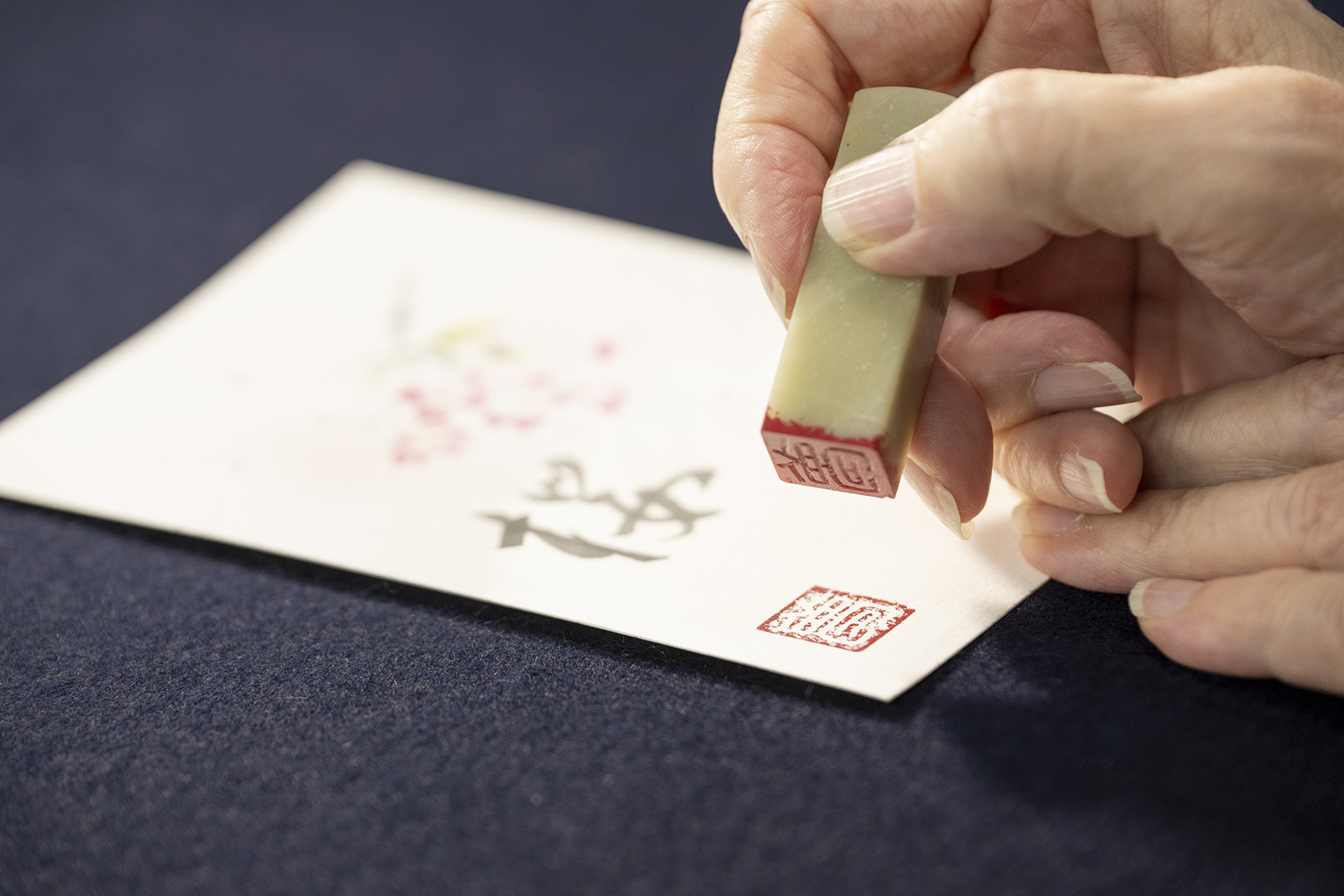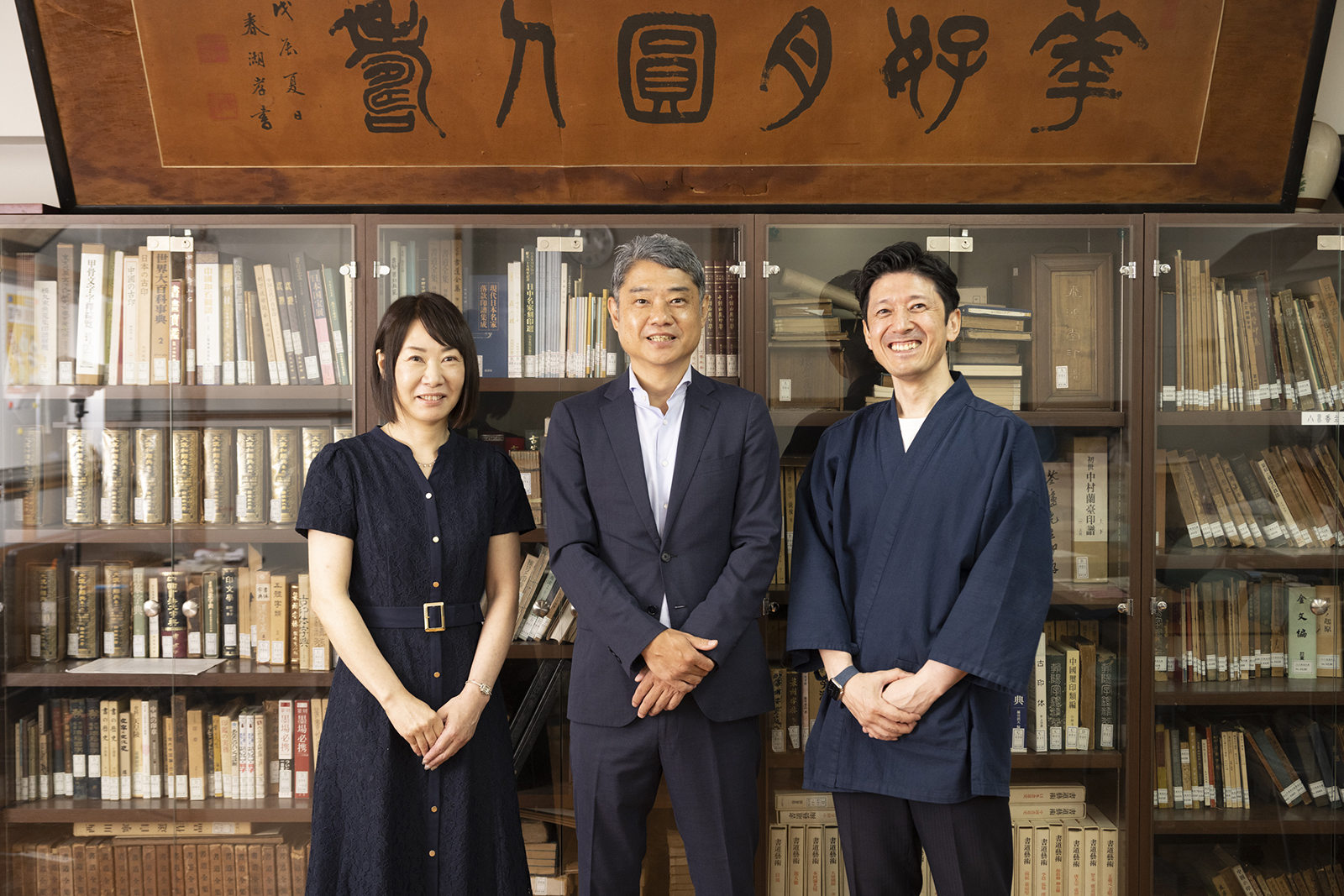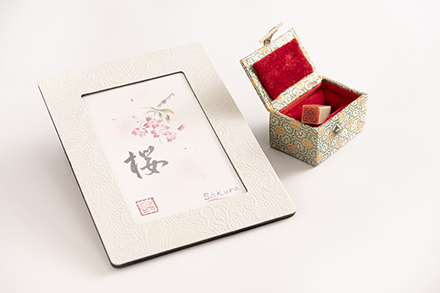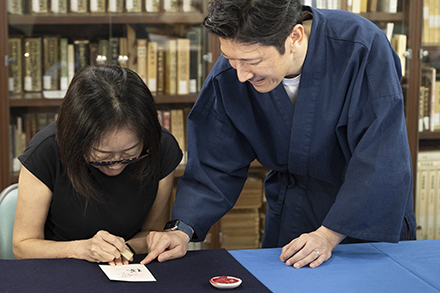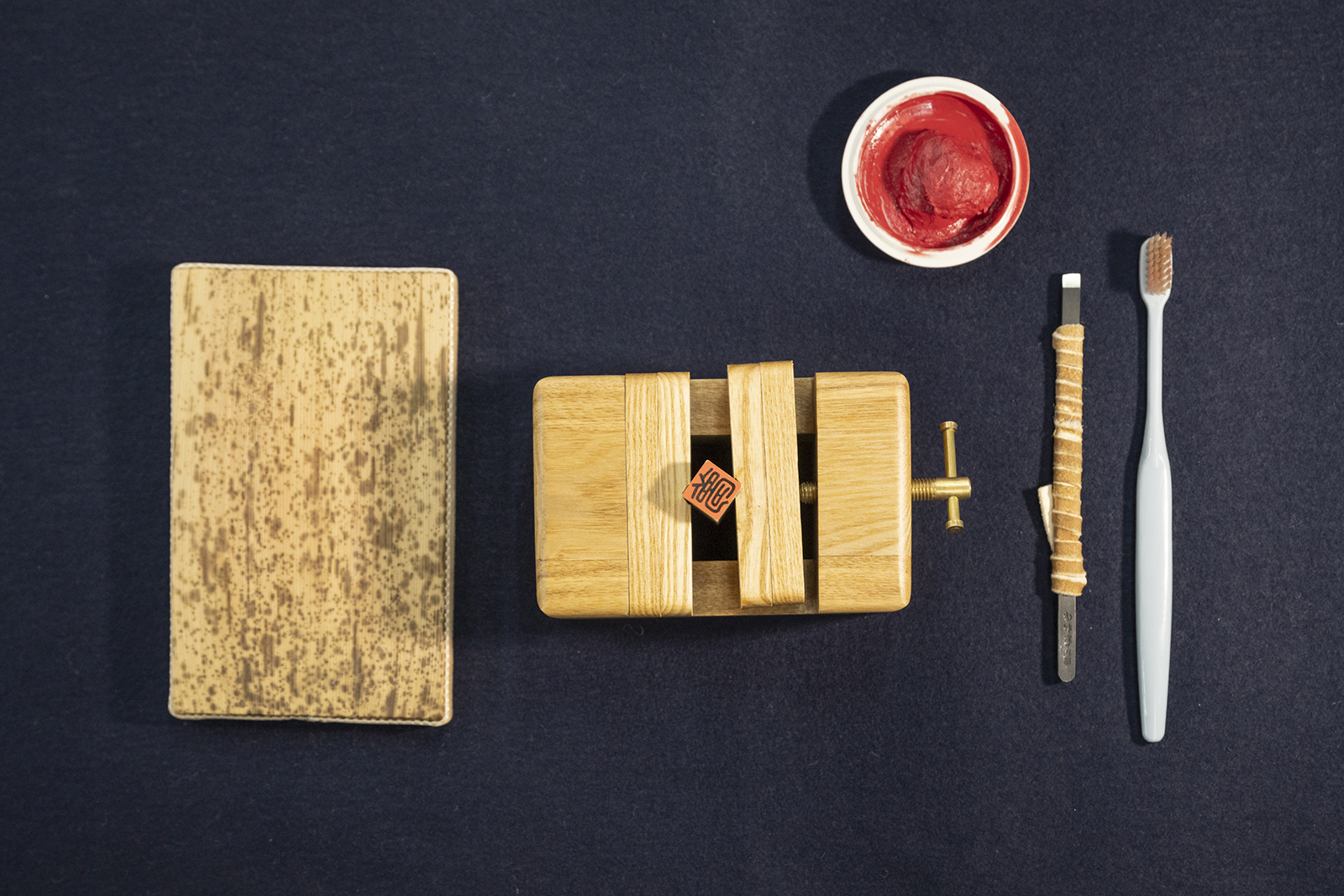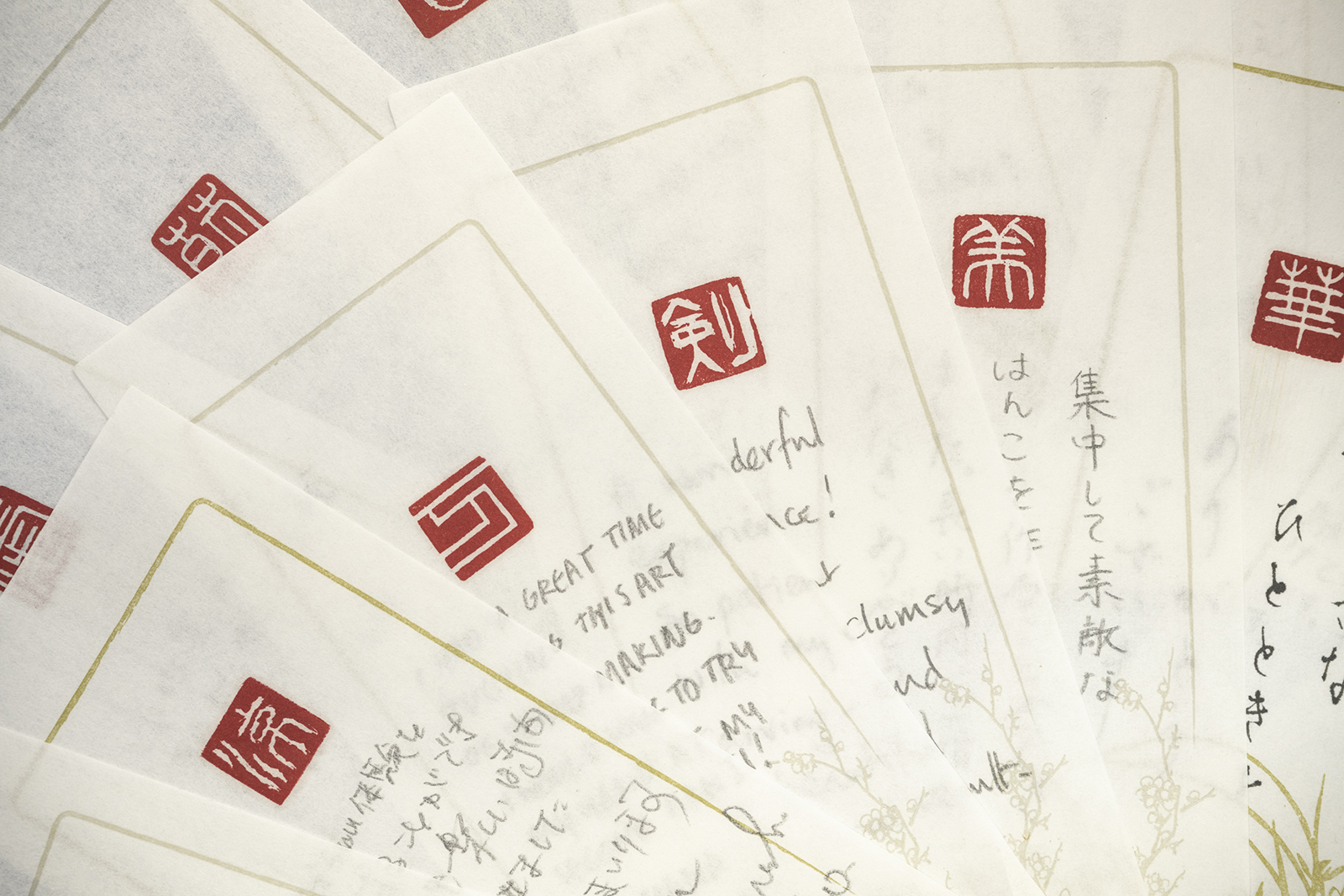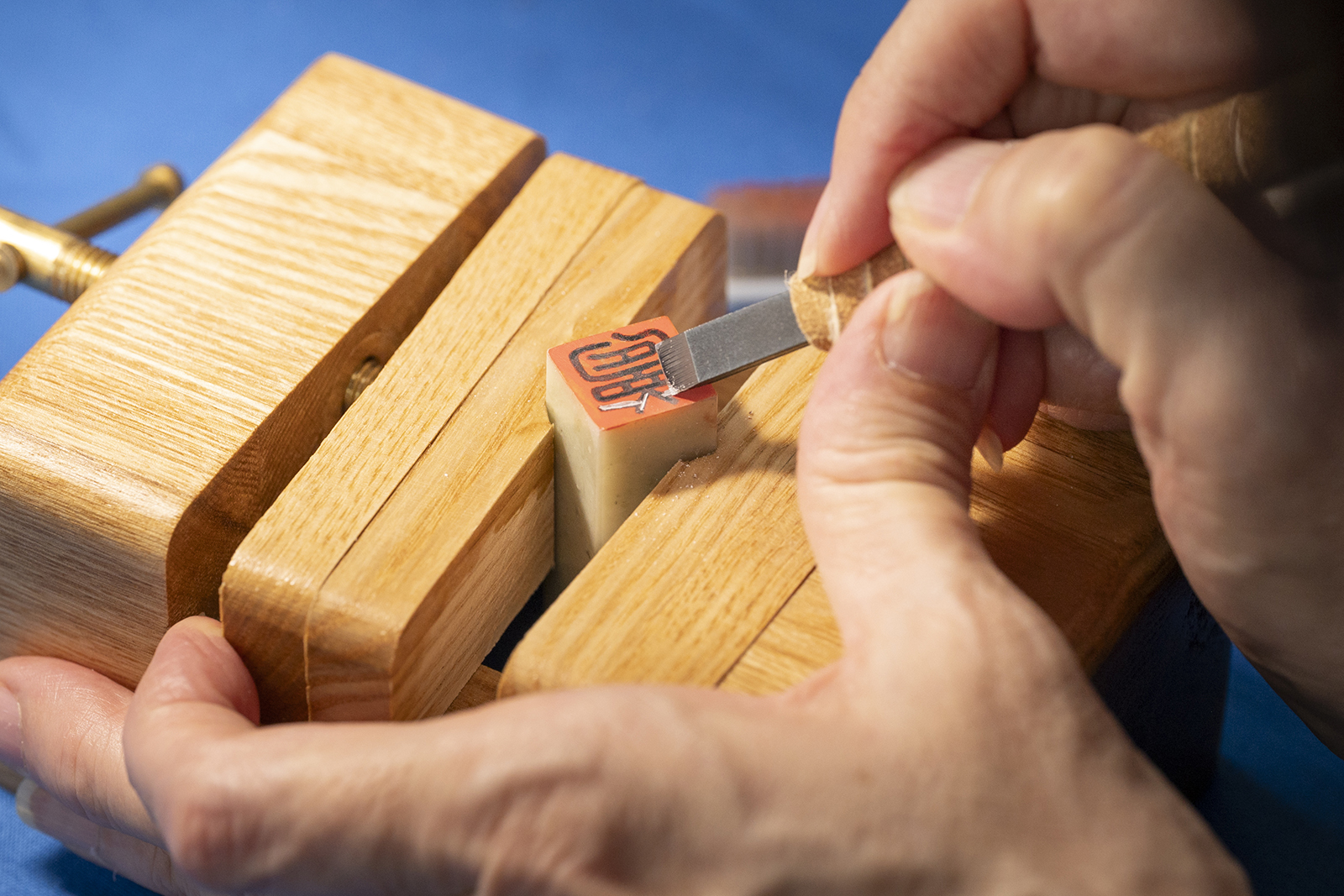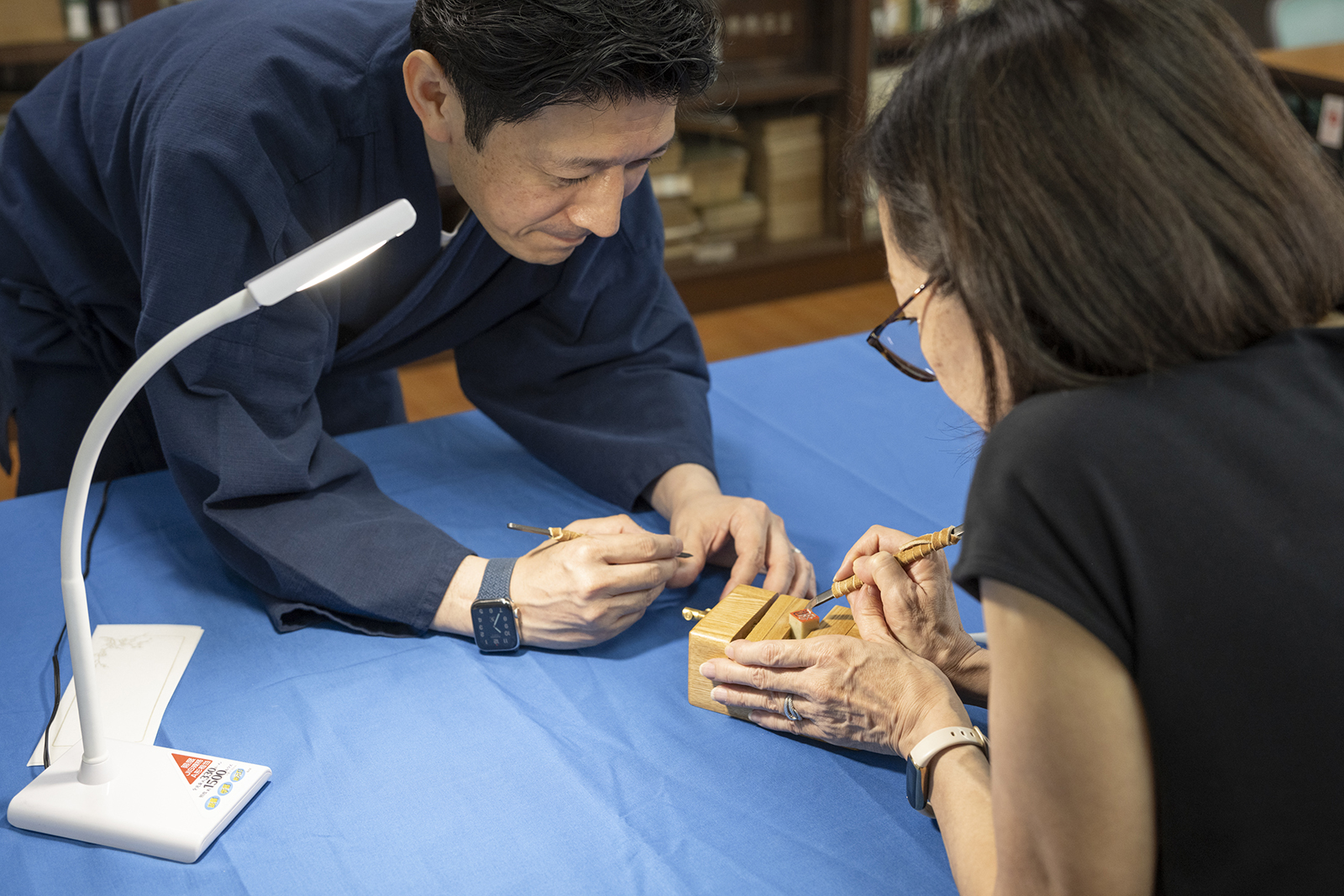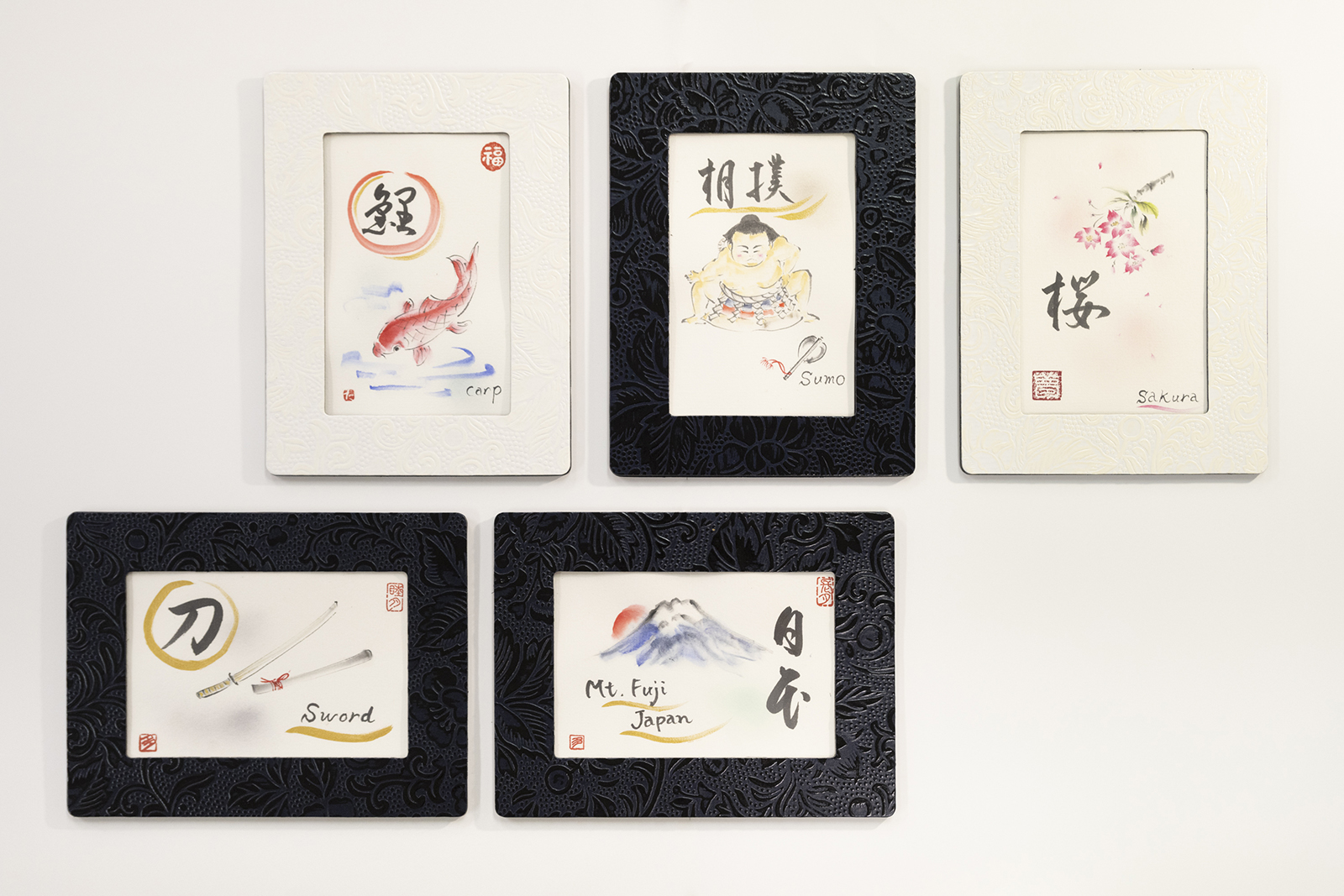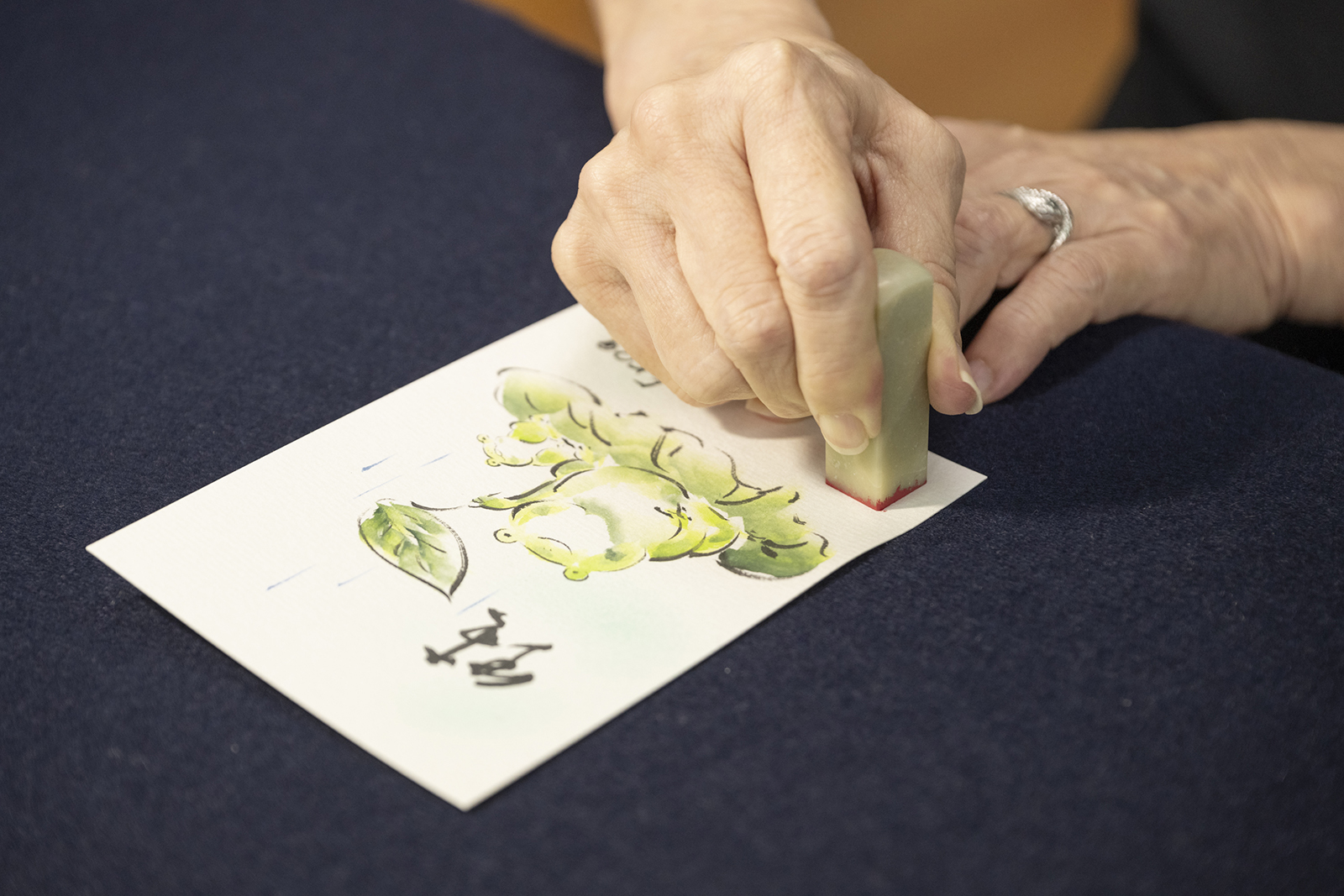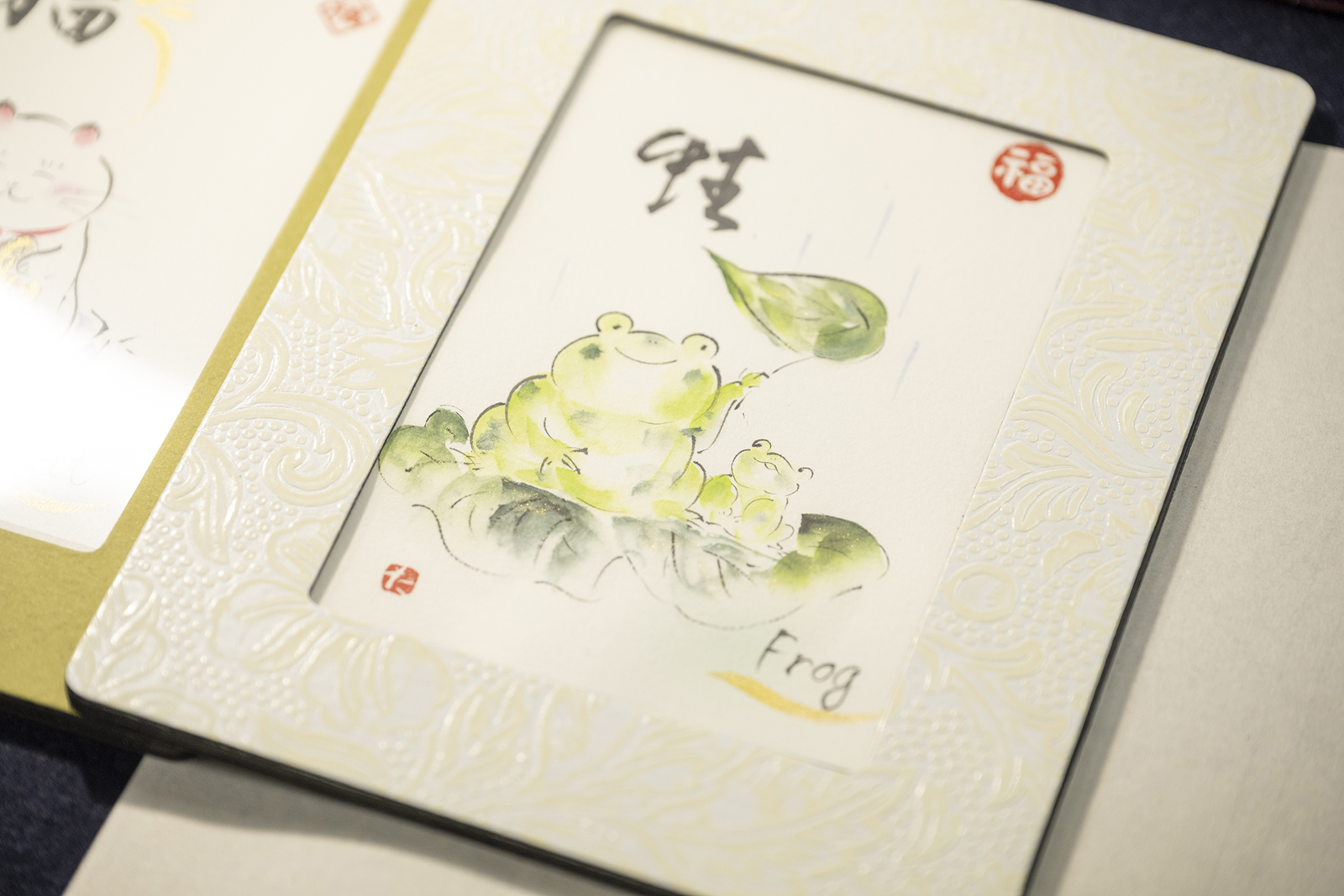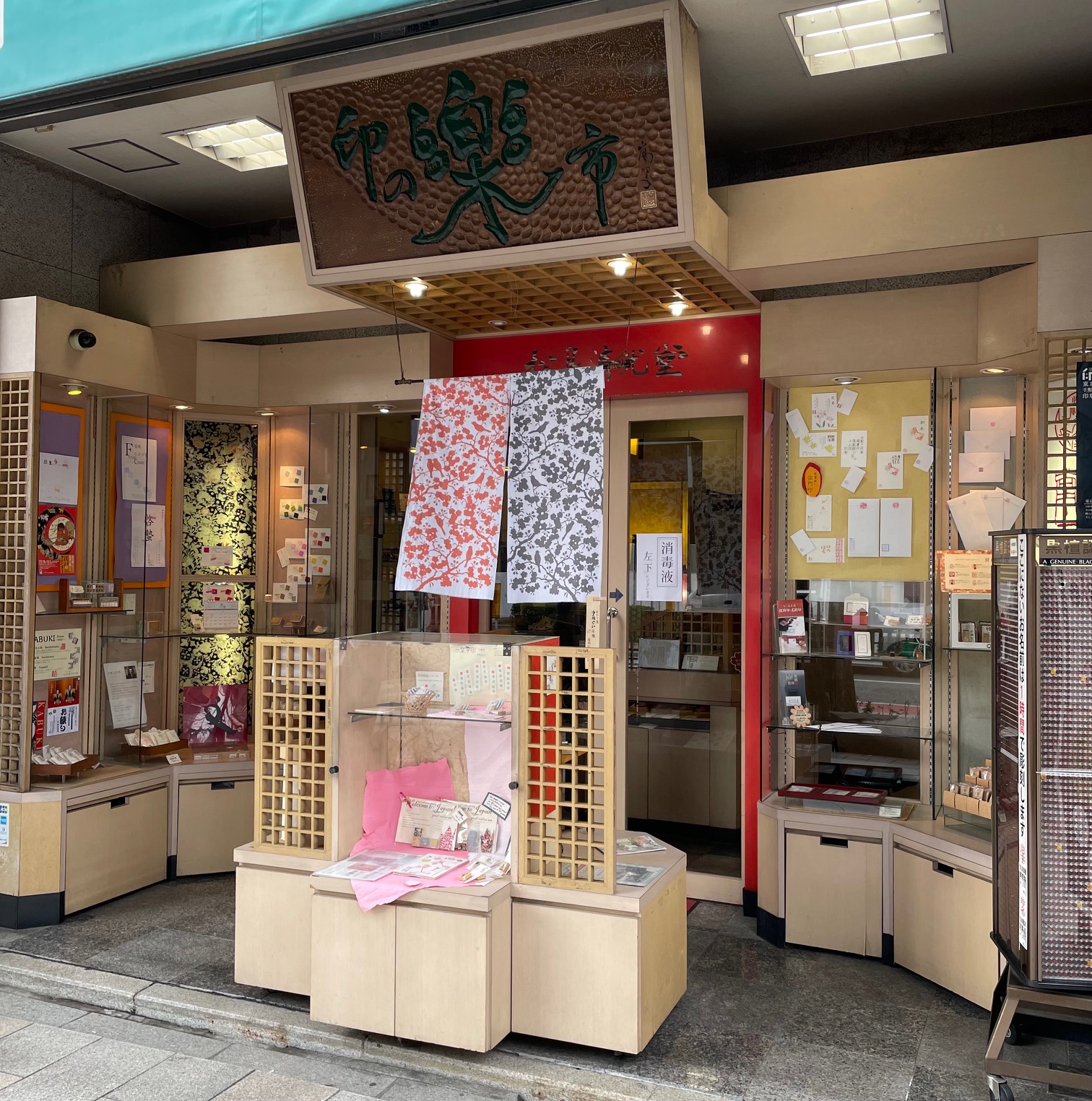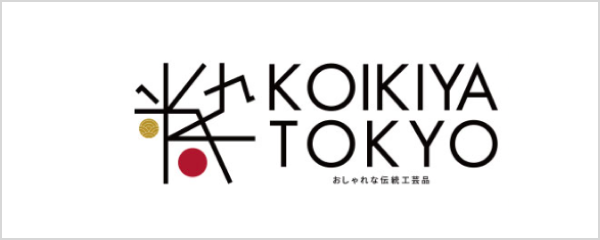The seal as a tool expressing feelings and hopes
A seal is an object in which symbols and drawings are etched into wood, stone, horns, tusks, or bamboo. In Japan, they are generally referred to as hanko in everyday life, and are commonly used to display a person's intentions in situations such as entering into contracts or showing that information has been checked.
The history of seals is long, and the origin in Japan is approximately 2,000 years ago. It is said to have started with a golden seal presented as a gift from the Emperor of Han, a dynasty of China. Seals developed independently within Japan after this, and by the Nara period, they came to be used as private seals possessed by members of the aristocracy. In the Edo period, they came to be used as tools to express proof of intent, even among the commoner class. Then, in 1873, the Dajokan Fukoku (Decrees of the Cabinet) mandated stamping a personal seal on official documents, solidifying the role of the modern seal.
Matsushima Seikodo's hand-engraved seals, with 100 years of history
Matsushima Seikodo was born as Matsushima Jiro Kojin Shoten (Jiro Matsushima's Shop) in Kanda-Tsukasamachi in 1922. The seals were meant as certification tools to indicate the intent of the owner. And today, having received the tradition which considers seals as necessarily being unique objects conveying, without error, the thoughts and wishes of the owner, artisans there still continue hand engraving one-of-a-kind seals.
Time spent engraving a seal is time spent reflecting inward on yourself
In this activity, you engrave a seal with a single Kanji symbol you chose and stamp it onto a lovely picture letter you chose.
The material used for the seal is Seidenseki Stone from China. It is used as seal crafting material due to possessing the perfect hardness for ease of engraving. The artisan takes the single kanji character the participant has chosen and drawn as a seal design, and draws it on the 1.5 cm square space surface of the seal. Following the seal design, the participant engraves the seal using a special engraving stylus.
At first, engraving may feel a bit difficult, but eventually you will catch yourself proceeding along at a pleasant pace. The time spent single-mindedly focused on the seal stretches into a moment of facing your own self that you do not often experience in everyday life.
Fill your brush with your feelings, and draw a vivid picture
The next step is to pick up your favorite picture letter created by Ms. Tae Taniguchi, a scroll picture letter instructor, imbued with the kind of Japanese feel not seen in Western-style illustration. The images will be fleshed out from a Japanese pigment called Gansai, which is also used in Japanese painting, and the words given life through Seiboku-ink, which is known for giving a soft, gently feel to the writing. These materials, which have been used in creating art from times of old in Japan, exude a feel that is not found in Western-style art materials. Or you can dive right in, letting your passion lead the way.
All the picture letters may vary with seasons and you can enjoy different pictures depending on you participate in this activity.
And lastly, stamp a picture letter with your seal, then it is completed. The role of the seal is to certify that this letter was created by you. When you stamp the seal imbued with your own feelings onto a picture letter, that is the birth of a piece of single piece of art that only exists as one creation in the entire world.
Looking at the picture in a photo frame will remind you of Japanese culture
Take your stamped picture letter back home in a photo frame. We have picture stands that have been lacquered with a traditional Japanese technique for protection against heat and moisture, with a beautiful glossiness. We would be honored if, every time you look at your picture letter, you relive memories from the special days spent outside your normal lifestyle and remember the feeling of Japan culture you experienced at Kanda-Ogawamachi, antiquarian book district in Tokyo.
Born as Matsushima Jiro Kojin Shoten (Jiro Matsushima's Shop) in Kanda-Tsukasamachi in 1922. Across a history exceeding 100 years, it has continued to craft hand-engraved seals through the skill of artisans. Currently, the seals engraved with the heart and soul of Tokyo Meister Certification and Spring Decoration recipient artisan Yoshinori Tanaka boast beauty on the level of fine art.
